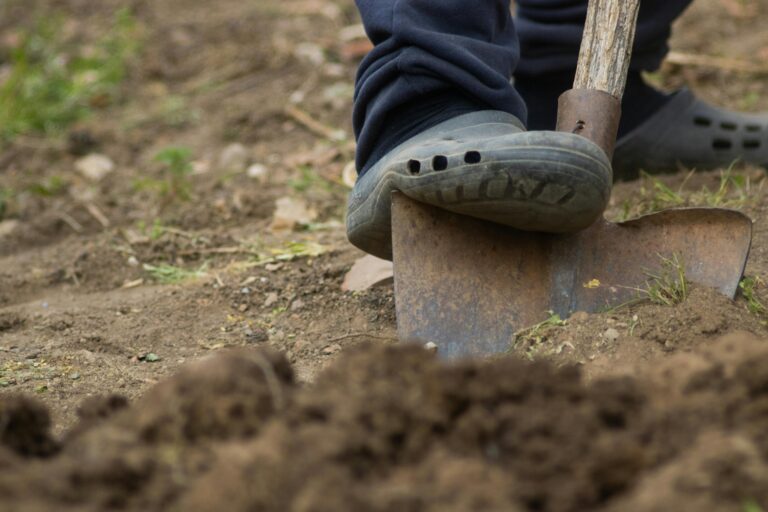
The U.S. federal government has filed a lawsuit against a Georgia real estate developer accused of destroying thousands of Native American artifacts, including human remains, during construction of a residential subdivision, a case that highlights long-running tensions between development pressure and protection of cultural resources. The complaint alleges violations of federal environmental and cultural-resource safeguards tied to a permit issued by the U.S. Army Corps of Engineers.
According to the filings reported by multiple local news outlets, the developer named in the suit, Savannah Land Holdings, developed the Waterways neighborhood in Richmond Hill, Georgia, on land that was home to at least 18 recorded archaeological sites. Federal authorities contend that construction activity proceeded in ways that breached the terms of a Section 404 permit, which governs work in wetlands and contains conditions meant to protect cultural resources discovered during earth-moving activities. The government says the developer’s actions resulted in the destruction of archaeological deposits and human remains that should have been identified, evaluated, and protected.
Why This Case Matters
The case is significant for several reasons. First, it underscores that developers working on land with archaeological sensitivity must comply not only with local zoning and building codes but with federal permitting regimes that expressly aim to preserve cultural heritage. Section 404 permits from the Army Corps, and related federal laws such as the National Historic Preservation Act (NHPA) and the Native American Graves Protection and Repatriation Act (NAGPRA), impose procedures for discovery, consultation, and mitigation when artifacts or ancestral remains are found. Failure to follow those procedures can trigger civil enforcement, criminal penalties, and costly litigation.
Second, the alleged destruction of artifacts and human remains raises deep moral and cultural concerns. For Native communities, archaeological sites and ancestral remains are not merely shards of pottery or bone fragments: they are direct links to ancestors, sacred places, and histories that federal law recognizes as worthy of special protection. The public outrage that often follows reports of destroyed burials or cultural deposits reflects a broader consensus that this material must be treated with respect and that developers and regulators have an obligation to prevent irrevocable loss. The government’s civil suit signals an attempt to hold a private actor accountable where regulatory oversight may have failed or been circumvented.
What the Government Alleges
The federal complaint alleges Savannah Land Holdings violated permit terms by improperly carrying out fill and grading activities on wetlands and failing to follow mandated cultural-resource protocols after artifacts were uncovered. The government claims thousands of artifacts and human remains were disturbed or destroyed in connection with development of the Waterways project. The filings assert that those acts violated conditions attached to the permit issued by the Army Corps and that the developer’s conduct caused irreparable harm to protected resources.
From a legal standpoint, the government can pursue remedies that include civil penalties, injunctive relief to halt further destructive work, and orders to fund archaeological recovery and repatriation efforts. The suit may also seek restoration measures and a court order requiring more rigorous monitoring of future work on the site. The specifics will depend on what the complaint requests and how a court evaluates the evidence.
Responses and Community Reaction
The case has drawn attention from tribal communities, preservationists, and local residents who say they were unaware of the extent of archaeological sensitivity on the site until the allegations surfaced. Native American tribes often expect, and legally should be afforded, consultation when significant cultural resources are discovered; when those consultations do not occur or are inadequate, tribes and advocates frequently call for legal accountability. The federal lawsuit effectively moves the matter from administrative oversight into the courtroom, where federal judges will weigh whether permit violations occurred and what penalties are appropriate.
Broader Context: Development vs. Preservation
The Richmond Hill case is not unique in the United States. Rapid suburban and exurban growth, particularly in the Southeast and Sun Belt, has repeatedly brought developers into contact with sites that contain prehistoric and historic archaeological deposits. In many instances, routine survey and mitigation procedures, mandated by law when federal permits or funding are involved, prevent damage. But when discovery occurs during active grading and earthmoving, the window to protect context can be narrow; mistakes, neglect, or willful noncompliance can mean that those cultural contexts are lost forever.
This reality has led preservation advocates to urge earlier and more rigorous surveys before land is rezoned or permits are granted, and stronger enforcement when law is broken. They argue that front-loading archaeology into the planning process, rather than treating it as an afterthought once construction begins, is both more respectful to tribal interests and less expensive for developers in the long run.
What to Watch Next
Key developments to monitor will include the specific relief the government requests, any admissions or defenses from Savannah Land Holdings, whether tribes seek to intervene in the litigation, and whether federal regulators impose additional administrative penalties. If the court orders archaeological investigation or repatriation, the findings could produce a clearer accounting of the scope of damage and the resources required to address it. The case may also prompt closer scrutiny of how local and federal permitting processes communicate and enforce cultural-resource protections.

Conclusion
The federal suit against the real estate developer in Richmond Hill highlights an ongoing national dilemma: balancing the demand for land and housing with the imperative to protect irreplaceable cultural heritage. When artifacts and ancestral remains are lost to development, the loss is irreversible, and the damage extends far beyond legal violations to the dignity and history of Native peoples. As the lawsuit unfolds, it will test the effectiveness of federal protections and the willingness of courts to hold developers accountable when cultural resources are treated as collateral damage in the rush to build.





